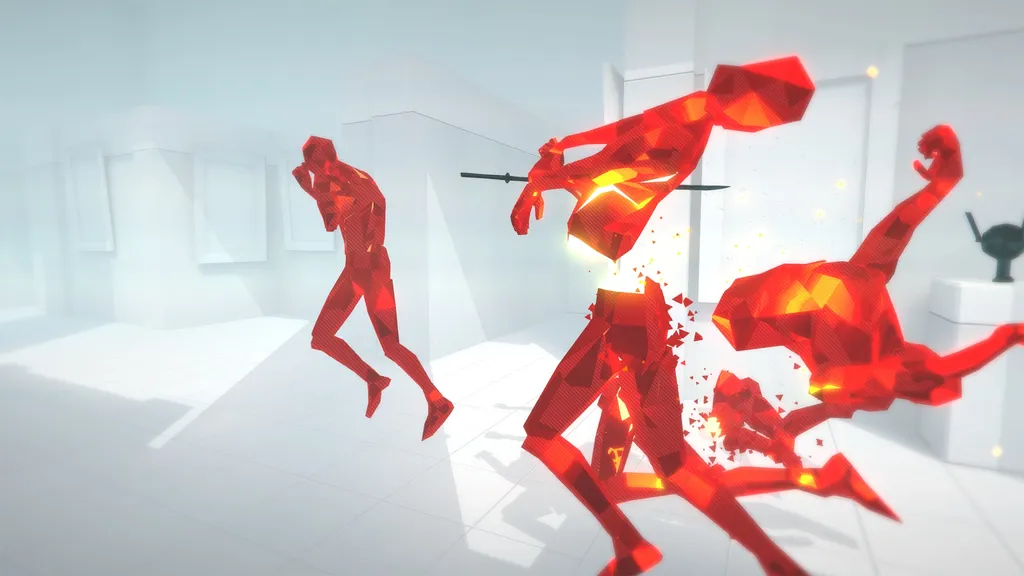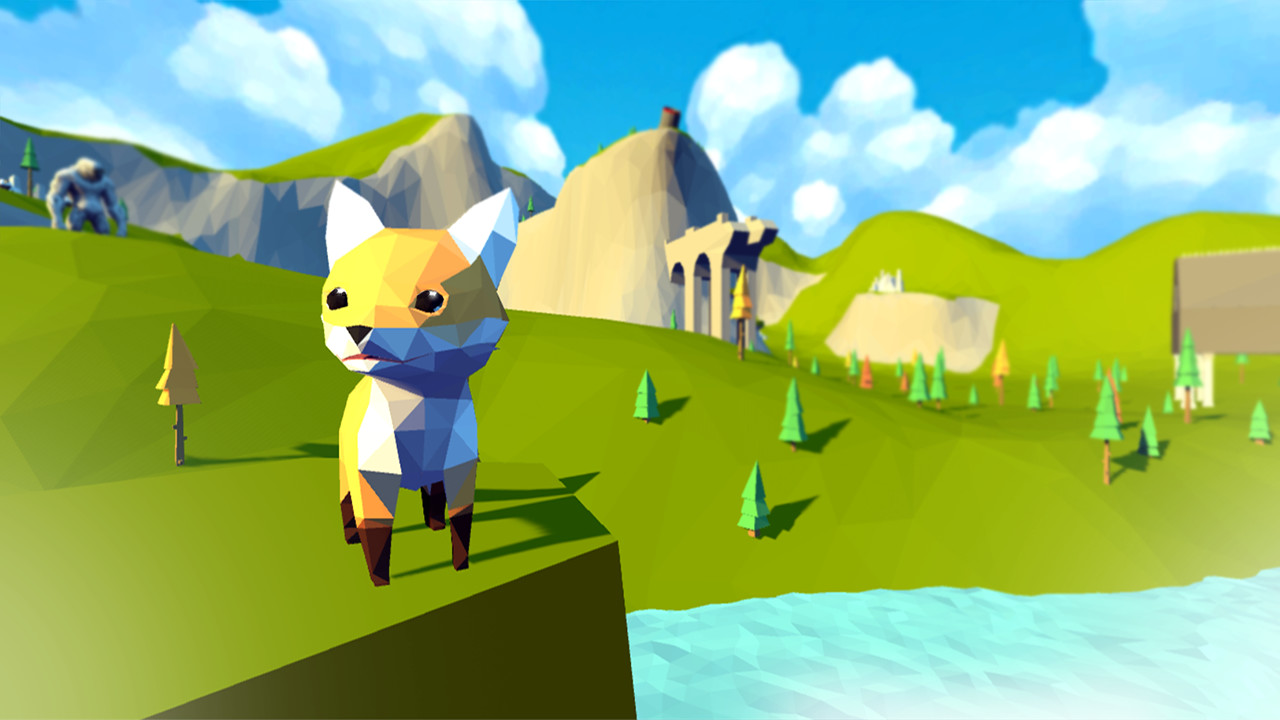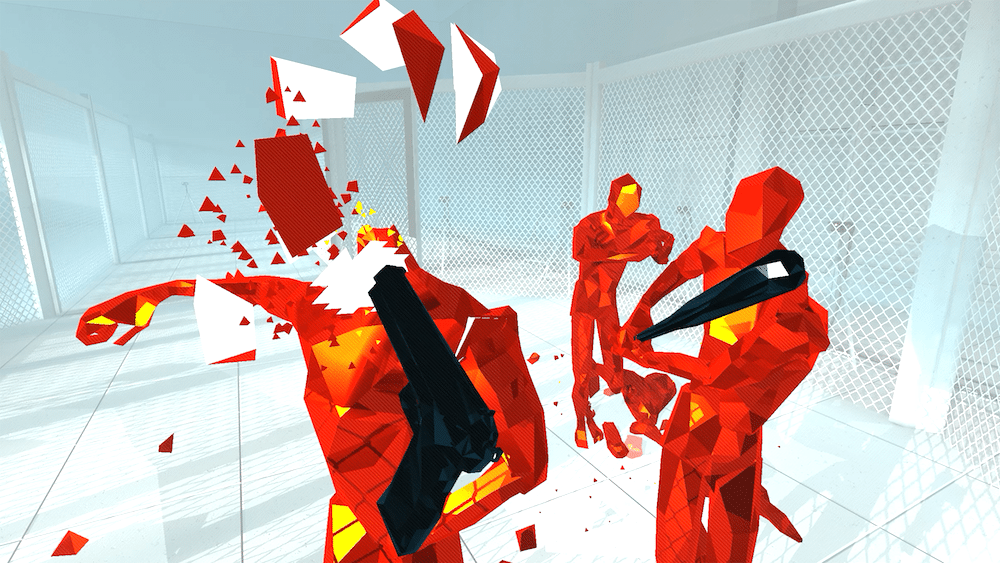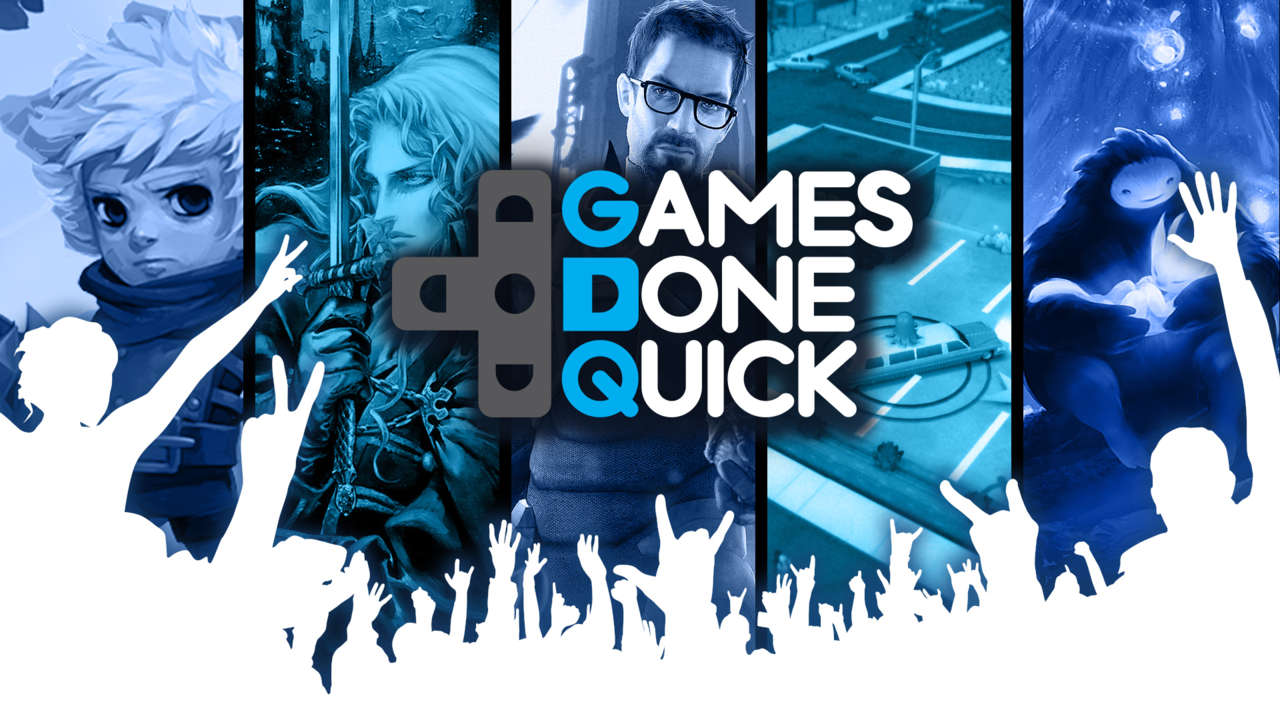A lot of people would classify VR speedrunning as a niche of a niche. The speedrunning community, while still growing, is rather small– and the list of those willing to speedrun VR titles is even smaller. But despite that, some speedrunning VR owners are still out there gunning for the best time in their favorite games.
It’s obvious that few developers and streamers have actually put thought into speedrunning VR titles since fundamental features that support the community aren’t there in most cases. You can’t really interact with a Twitch chat when immersed in VR and there is no clear way to compare your run time against others in real-time. Those two features may seem insignificant, but they actually make speedrunning a more focused and community-oriented event.
Getting Closer To The Action
And while providing a solution for those two issues will help immensely, speedrunning in VR still has two huge roadblocks standing in it’s way. The disconnect that happens when viewers are watching VR on a regular computer screen and the physicality of the platform make speedrunning a difficult task.
When Tristan Hodges from Fox Leap Games was developing his Mario 64 inspired platformer, Gem Hunter, he did so with speedrunners in mind. He implemented a timing overlay, so runners could compare their run with the top times while playing. And while the implemented features made runs easier, he couldn’t minimize the disconnect viewers had when watching VR on a regular computer screen.
“There is a disconnect between what someone sees in their headset in virtual reality, and what someone sees on a 2D screen,” said Hodges. “All the people watching don’t have the same experience, it might even be nauseating for some.”
That’s a different beast compared to traditional speed running, where there is no difference between what the streamer and viewer is seeing. “The most popular speedrunners have thousands of viewers because they play games like Mario 64,” Hodges said. “Popular games that still give them that one-to-one connection with the streamer.”
That isn’t the case with VR gaming. “With VR, you’re experiencing your own reality,” Hodges said. “It’s all around you. If there is a big zombie behind you, it feels like there’s a big zombie behind you. The viewers won’t get that, they only get what they see on a 2D plane.”
A possible solution for this disconnect is a third person, drone-like view that plops viewers above the action, allowing them to see everything and removing them from the nauseating first person view, similar to what VREAL is aiming to do.
“Like the VR spectating in DOTA 2,” Hodges said. “It throws players into this floating god mode where you literally get to be a giant watching over the map.”
A New Paradigm
But the viewers aren’t the only ones having issues enjoying VR runs, the speedrunners themselves face a few big challenges that really prevent them from successfully completing new runs.
The main holdup is the increased difficulty that runners have to deal with in VR. “With regular speed running you still have to do a lot with precision– but it’s not as physical,” said Superhot VR speedrunner Ben Massey. “Each movement is affecting the game drastically.”
The physicality of virtual reality makes the precision required for runs that much harder to master. “It’s a lot harder to be precise because you’re not getting all the information,” Hodges said. “In a 2D game you can see the environment around you, in Zelda you can see your character and which exact pixels you’re standing on.”
It’s difficult to see the exact spot you’re occupying in VR and how that might affect the run at any given time. So much of speedrunning is having a route perfected, all the way down to how each movement is placed. “You’re using your whole body in VR even though you’re usually just floating existence,” Hodges said. “You have hands, feet, but nothing in between.”
“You have to be far more careful,” Massey said. “There is so much room for error.”
VR has a lot of obstacles to overcome before it becomes a popular platform for the speedrunning community. But before that happen it’ll need to have a bigger install base with games that people really love. “People watch games that they care about,” Massey said. “And if they don’t want to or can’t afford it then they won’t care.”
The barrier of entry for VR hasn’t gotten low enough for a lot of runners to jump on board, especially with the amount of games that people aren’t interested in speed running.
“VR has a lot of games that are more experiences rather than actual games, like gun simulators instead of full-on FPS’s,” Massey said. “You’re kind just playing around with those, they aren’t gonna be speedrun.”
Even if VR doesn’t grow into a worldwide phenomena, developers and runners who are already in the thick of it are confident that a space will get molded for speedrunning in a virtual space.
It all comes down to having a passion for speedrunning, and that comes from the same place, no matter what platform you’re playing on. “I found a game that I love and played it over and over again, grinding for hours to get the best time,” Massey said. “Once the games come, the community will follow.”
If you’re interested in learning more about the overall speedrunning community, then check out Games Done Quick. Games Done Quick is an annual fundraising initiative where gamers around the world speedrun their favorite games and viewers donate to charities and nonprofit organizations. This year’s sessions started this past weekend and are running all week until July 9th finale.




























